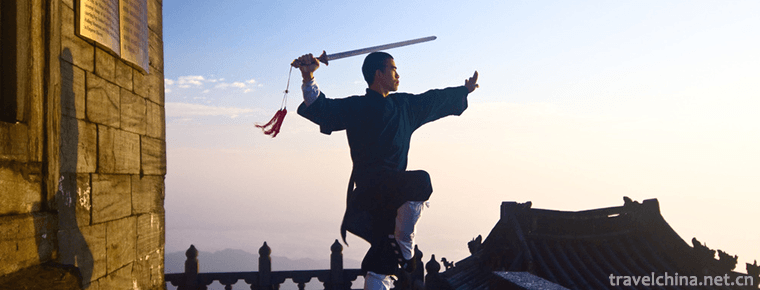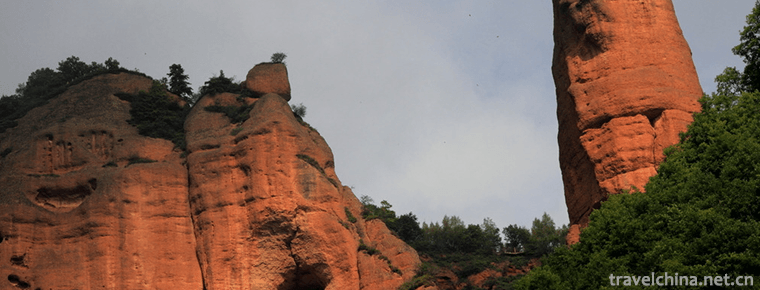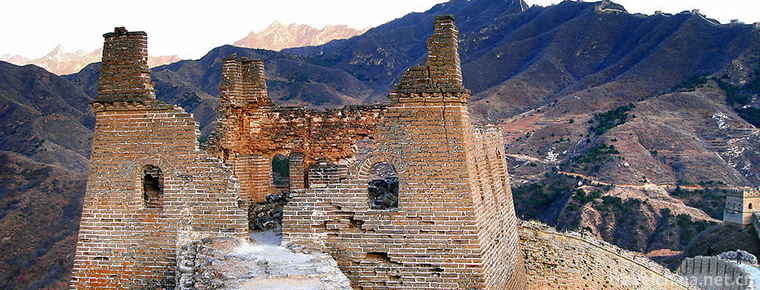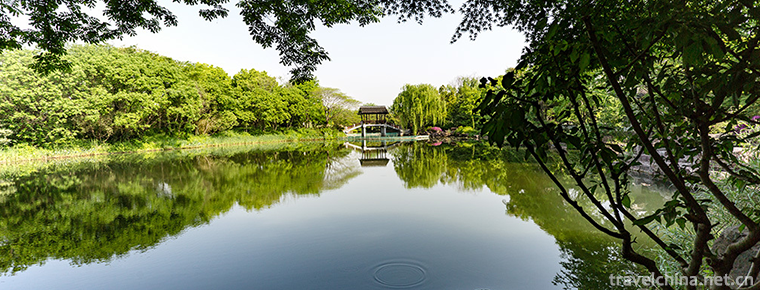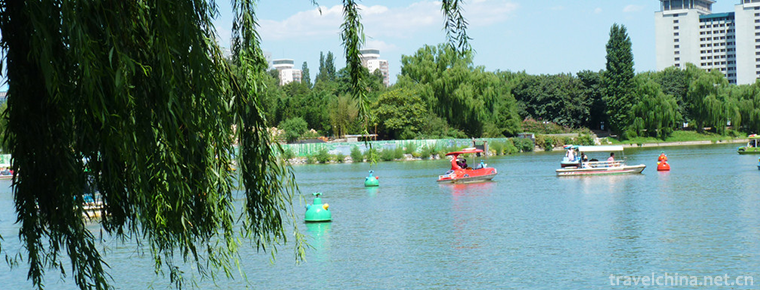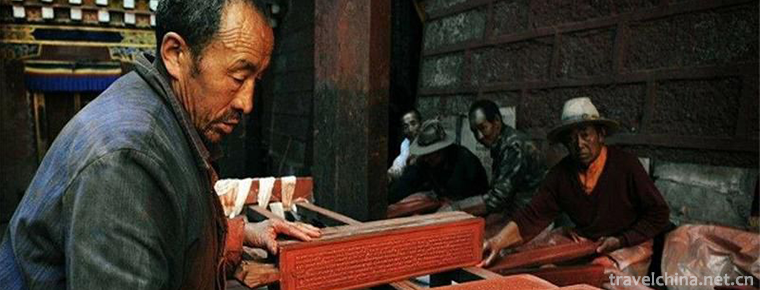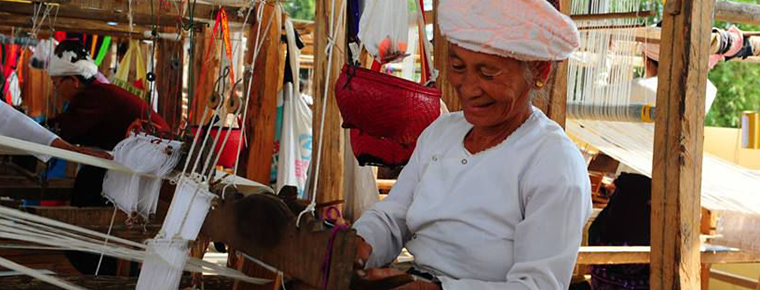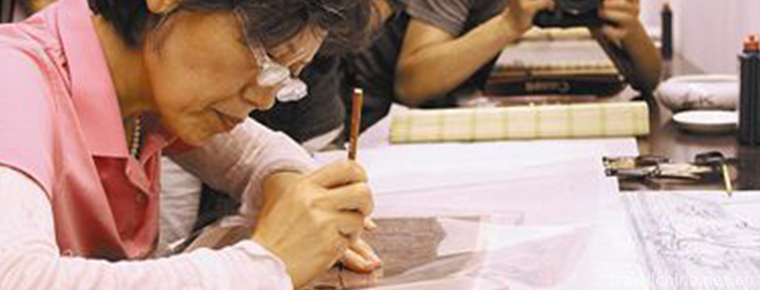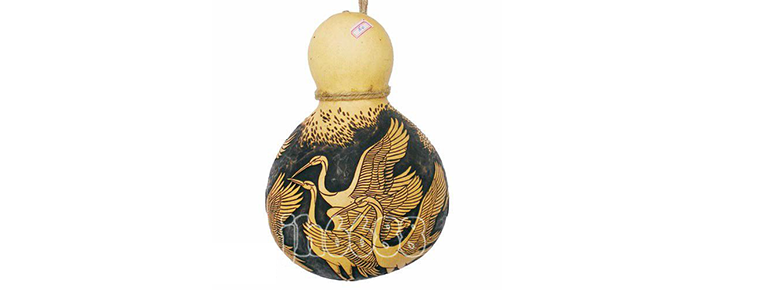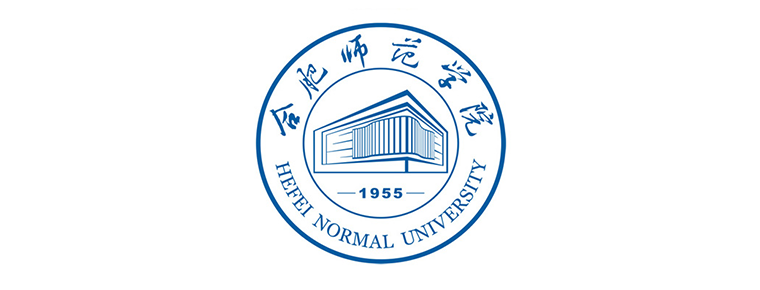Dai Medicine Sleeping Drug Therapy
Dai Medicine Sleeping Drug Therapy
Sleeping pill therapy, one of the ten traditional Dai medicine therapies, is the third batch of national cultural heritage in Yunnan.
Essential information
Cultural Heritage Name: Dai Medicine (Sleeping Drug Therapy)
Areas: Inner Mongolia, Xishuangbanna, Dehong
Heritage Number: IX-20
Heritage category: traditional medicine
Date of declaration: 2008
Declarer/Declarator: Xishuangbanna Dai Autonomous Prefecture, Dehong Dai Jingpo Autonomous Prefecture, Yunnan Province
Level: Country
Historical records
According to historical records, the ancestor of Dai medicine, Santa La Sidao, founded the Dai medicine "Ya called Hatton", which is now listed in the national pharmacopoeia. With the extensive and in-depth medical practice of Dai medicine, the theory of Dai medicine has been formed, the core of which is the theory of "four towers and five implications". The Dai language of "Four Towers" refers to "Ta Du Zhi Xiao", which means "Ta Luo" (earth) is the human body; "Ta Nan" (water) refers to the human body's blood (body fluid); and "Ta Fei" (fire) refers to the human body's fire, heat, energy (Yang Qi); and "Ta Shu" (wind) corresponds to the category of "Zhengqi" in Chinese medicine of the Han nationality. Dai medicine also believes that there are five other elements in the human body besides the "four towers", which are called "five implications", namely, color implication, knowledge implication, reception implication, imagination implication and implication. The combination of "Four Towers" and "Five Stories" constitutes a complete body with thinking ability and life activities. The theory of "Four Towers and Five Implications" contains the human body's structure and spiritual perception, which systematically and perfectly expounds the Dai doctors'understanding of the human body's material and spiritual elements.
Under the guidance of this theory, through the study of human tissue structure and physiology and pathology, the diagnostic methods of "look, smell, ask and cut" are summarized clinically, and the therapeutic schemes of "cold treatment of fever, warm treatment of cold disease and tonifying of deficiency disease" are formulated. Dai medicines include plant medicine, mineral medicine and animal medicine. According to statistics, there are more than 2500 kinds of Dai medicines, of which plant medicine is the most widely used. Dai medicine is also summarized as "Four Qis", "Five Nature" and "Eight Tastes". Dai medical treatment methods are mainly divided into two categories, namely internal treatment and external treatment. Among them, external treatment is more popular in clinical practice. At present, there are mainly 10 external treatments of Dai medicine, namely, warm elegance (sleeping medicine therapy), baking elegance (fumigation therapy), Aya (washing medicine therapy), Shaya (pricking medicine therapy), Runya (sitting medicine therapy), Zaya (lining medicine therapy), Yanglangyong (trampling back therapy), Pulangduo (beating therapy), and bloodletting cupping therapy, which are known as the ten traditional treatments of Dai medicine.
therapy
"Warm and elegant" (sleeping medicine therapy), Dai doctor according to the different conditions with the corresponding fresh or dry Dai medicine, cut and add water or wine stir-fry heat, the hot medicine flat spread on the bed, so that patients directly sleep on the medicine, cover the bedding, so that the waste heat of drugs permeate the body, in order to achieve sweating, blood circulation, rheumatism and pain relief. It can be used to treat patients with severe cardiovascular and cerebrovascular diseases or long-term illness, who have poor physique and can not accept "baoya" (fumigation therapy), sequelae of stroke hemiplegia, rheumatism, etc.
Drugs (fresh or dried Dai medicine) are prepared according to the condition, chopped and stir-fried with water or wine until fragrant; hot drugs are spread evenly on the oilcloth of the bed and mixed with Dai medicine wine; according to the temperature tolerated by the patient, the underwear is ordered to sleep on the medicine, wrapped in the oilcloth, and covered with bedclothes, so as to achieve sweating, blood circulation, dispelling wind, removing dampness and relieving pain. It is mainly suitable for the treatment of severe cardiovascular and cerebrovascular diseases, stroke hemiplegia, patients with long illness, poor physique and unable to accept fumigation therapy, as well as Yumei Lanshen (cold rheumatism: limbs, joints, muscles, bones, aches and pains), sequelae of stroke hemiplegia and other diseases, the treatment time is about 30-45 minutes.
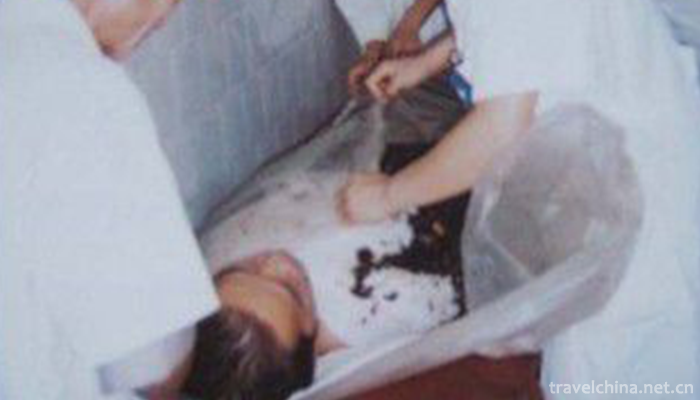
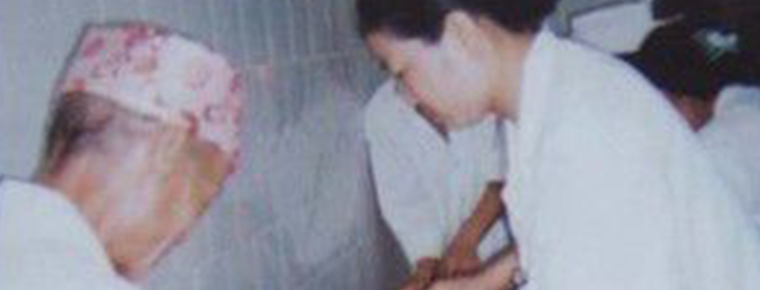
Dai Medicine Sleeping Drug Therapy
-
Wudang Mountains Scenic Area
Wudang Mountain, the holy place of Taoism in China, is also known as Taihe Mountain, Xieluo Mountain, Shenshan Mountain and Xianshi Mountain. It has been called "Taiyue", "Xuanyue"
Views: 187 Time 2018-12-12 -
Yeliguan Scenic Area
Yeliguan Scenic Area is located in Lintan County, with Yeliguan of Lintan County as the center. It is divided into four scenic areas: Lianhuashan, Xixia, Dongxia and Yehai Lake.
Views: 174 Time 2018-12-26 -
the Gubeikou Great Wall
The ancient Beikou Great Wall is the most complete Great Wall system in the history of China's Great Wall. It consists of the Great Wall of the Northern Qi Dynasty and the Great Wall of the Ming Dynas
Views: 121 Time 2019-01-12 -
Xixi Wetland Tourist Area
Xixi National Wetland Park is located in the west of Hangzhou City, Zhejiang Province. It is only 6 kilometers away from Wulin Gate, the main city of Hangzhou, and 5 kilometers away from West Lake.
Views: 145 Time 2019-02-25 -
Zizhuyuan Park
Zizhuyuan Park is located in the West Third Ring of Beijing, near Baishiqiao in Haidian District, west of Beijing Capital Stadium. Zizhuyuan Park was built in 1953. It was named for the Ming and Qing
Views: 280 Time 2019-03-22 -
Tibetan Engraving and Printing Techniques
Tibetan engraving and printing skills of Dege Printing Institute, local traditional handicraft skills of Dege County, Sichuan Province, and one of the national intangible cultural heritages.
Views: 370 Time 2019-04-05 -
Dai brocade weaving skills
Dai brocade weaving is one of the traditional handmade brocade weaving techniques in Xishuangbanna Dai Autonomous Prefecture, Yunnan Province, and one of the national intangible cultural heritage.
Views: 209 Time 2019-04-24 -
Copying and Reproducing Skills of Ancient Calligraphy and Painting
Ancient painting and calligraphy copying technology, the traditional copying technology of Beijing Palace Museum, one of the national intangible cultural heritage.
Views: 247 Time 2019-05-01 -
Gourd sculpture
There are two techniques for carving gourds. One is to use three kinds of special steel needles, large, medium and small, to carve the landscape, flowers and characters in the gourd
Views: 397 Time 2019-05-03 -
University Of Science and Technology Beijing
Beijing University of Science and Technology was established in 1952 by the Department of Mining and Metallurgy of 6 famous universities in China, such as Tianjin University (formerly Beiyang Universi
Views: 189 Time 2019-09-06 -
Hefei Normal University
Hefei teachers college is located in Anhui province. Hefei City It is the first batch of "national special needs professional degree postgraduate" training pilot units, "national traini
Views: 180 Time 2019-11-12 -
Topography and geomorphology of Luzhou
Luzhou city is a typical mountainous city with 56.14% of the total land area. It is mainly composed of high mountains (500-1000 meters above sea level) and middle mountain (1000-1902 meters above sea level). Taking the middle Yangtze River Valley as the lowest center, it gradually
Views: 317 Time 2020-12-14
